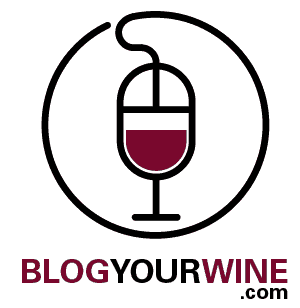One group of Riesling enthusiasts has set out to change the perception that all Riesling wines are sweet.
In 2007, Dan Berger, Coke Roth and Jim Trezise assembled at a wine event and began to talk about the problem with Riesling.
“Consumers walk into a store,” said Berger, a wine writer in Santa Rosa, Calif. “They liked the last Riesling they had, so they pick up a bottle, wondering if it’s dry or sweet. They can’t tell by looking at the label, so they put it back on the shelf.”
Wineries are well aware of the dilemma, especially the folks at Chateau Ste. Michelle, the largest producer of Riesling in the world.
In January 2008, the group held its first formal meeting, and by that October, the International Riesling Foundation (their group) had developed a Riesling tasting scale, a graphic that indicates to consumers whether a Riesling is dry, sweet or somewhere in between.
Today, the scale is catching on in a big way. In a sampling of 130 Rieslings, 25 used the IRF scale on its back label. While that is less than 20%, those 25 wines represented nearly 1.5 million cases of wine.
Trezise said wineries from Washington, Oregon, New York, Germany, Alsace, Australia and New Zealand use the scale, with the largest number of producers coming from the Finger Lakes region of upstate New York. In Washington, the biggest producers using the scale are Ste. Michelle, Hogue, Pacific Rim, Kiona and Mercer. In Oregon, Willamette Valley Vineyards is the largest Riesling producer using the scale.
The Riesling scale is starting to make a difference, Trezise said. The IRF has conducted two surveys about consumer attitudes toward Riesling. The first showed that wine drinkers perceive Riesling as a sweet white wine, and most had no desire to try it. The second showed consumers a bottle with the Riesling scale printed on the back label.
“People were inclined to try it when they saw the scale,” he said.
Click here for the full article Herald Net.
My Thoughts…
The first time I saw this scale (on the back of a bottle of Willamette Valley Vineyards Riesling) I thought it was a great idea! I’m still quite surprised more wineries haven’t adopted it….but then again, wineries aren’t exactly known for their rapid response time to new innovations.
Riesling is quite simply one of the best food pairing wines available, but so many people assume all Riesling to bear an “insulin shock” level of sweetness (probably based on a few bad past experiences with Blue Nun), and so they avoid it altogether.
 I still think it’s going to take a lot more than wineries slapping a scale on the back of a bottle and crossing their fingers, in order to educate consumers sufficiently.
I still think it’s going to take a lot more than wineries slapping a scale on the back of a bottle and crossing their fingers, in order to educate consumers sufficiently.
Everyone interprets sweetness differently, and there will be a little trial-and-error on the consumer-side, combined with plenty of ground-level training (of service industry staff and wine reps) before this scale is deemed a total success.



Helen Diehl
I think all wines should come with those little maps. It would make the wines more consumer friendly.
Warren EDWARDES
I think wine should state residual sugar and acidity rather than subjective maps. Fruit juice has more numerical information on packets and consumers can handle that information.
“Supermarket Wine Sweetness Indicators” http://goo.gl/J0U3u
Wine Sweetness Indicator http://goo.gl/Ok9Fg
Kris Chislett
I know what you’re saying. I think the Riesling scale is a good starting point, but it would do with a little deeper explanation. A compromise between that Tesco scale and the current Riesling scale.
Cheers Warren.
Kris Chislett
Yup! It’s especially relevant to Riesling though. However, I can see how they’re extremely difficult to devise i.e. to make sure the customer can use it effectively.
Warren EDWARDES
My main concern is the subjectivity in these scales. For a particular wine, several wine makers and wine merchants will give the wine a different sweetness rating.
Much easier and more objective to just state the sugar and acidity. One doesn’t guess ABV% and volume so why guess “sweetness”?